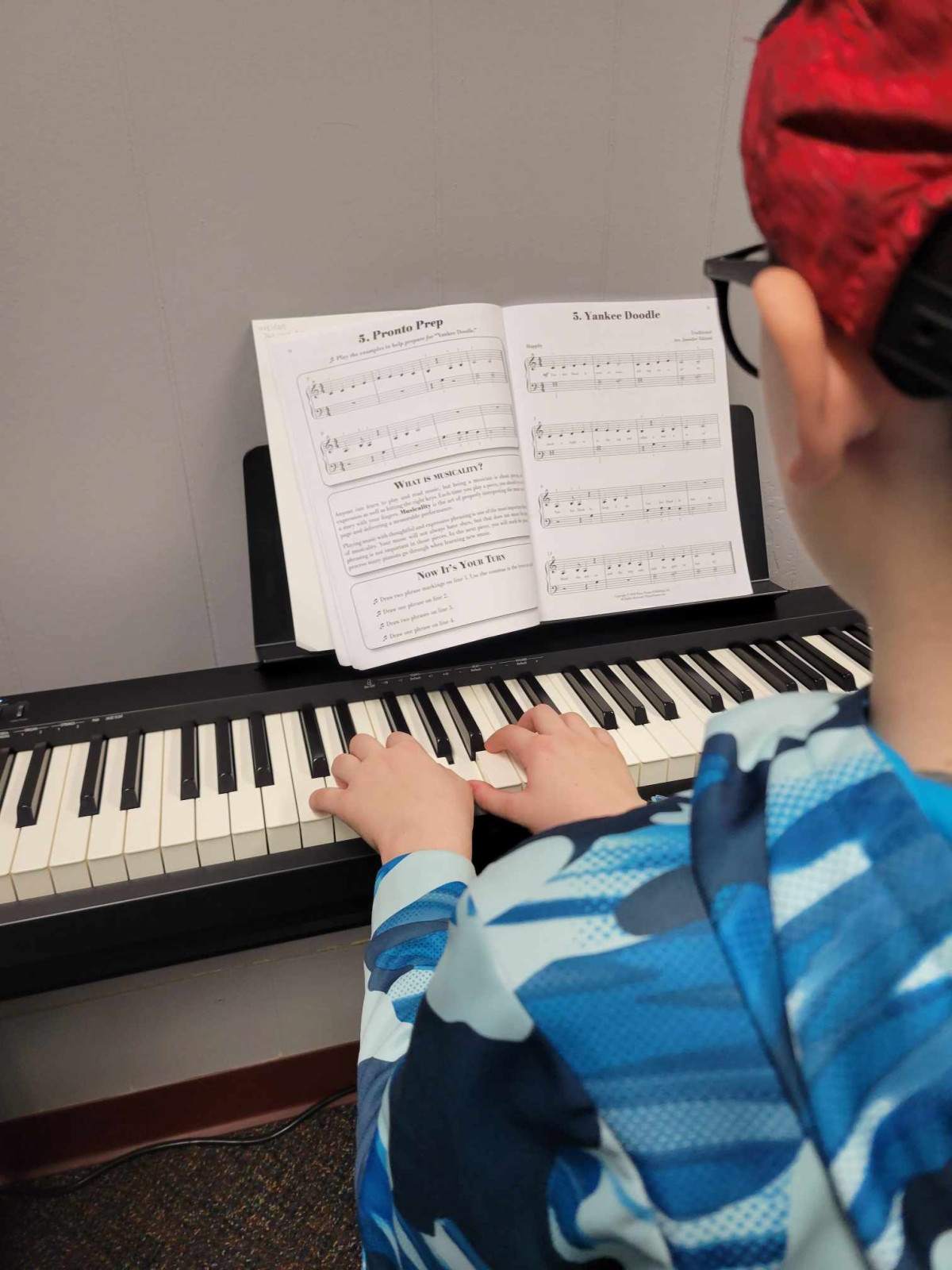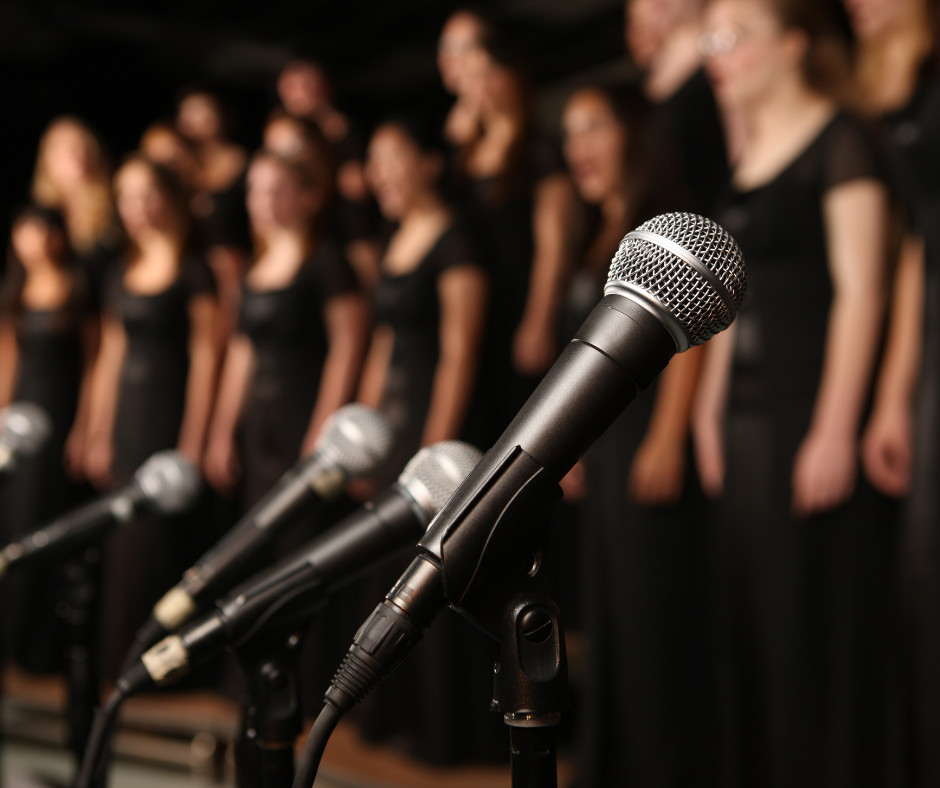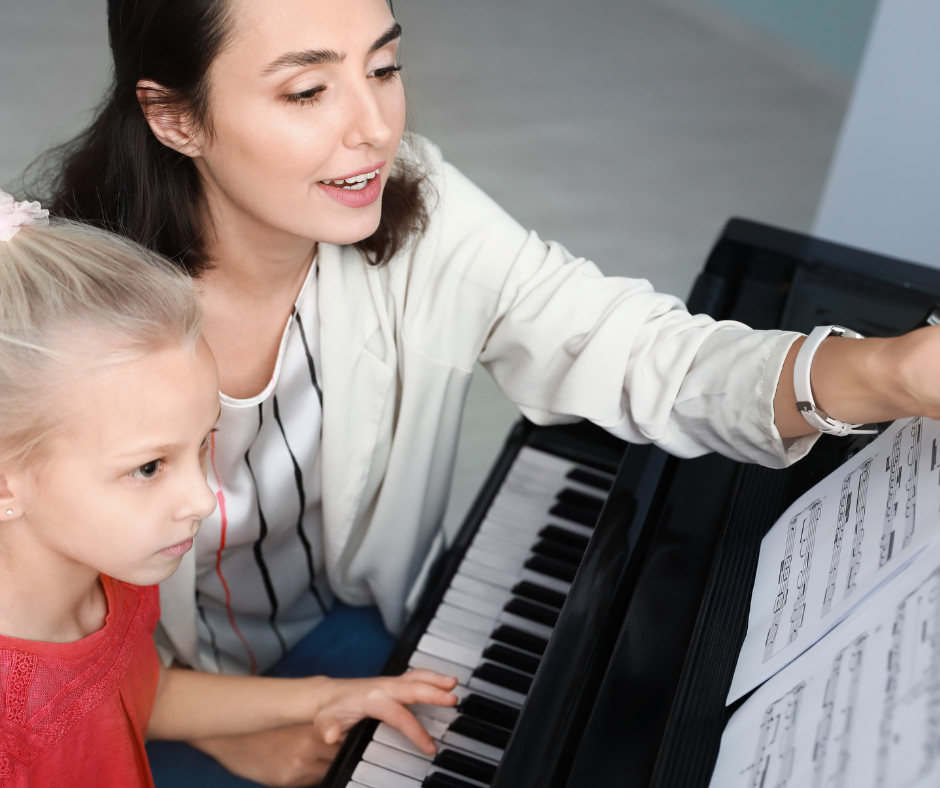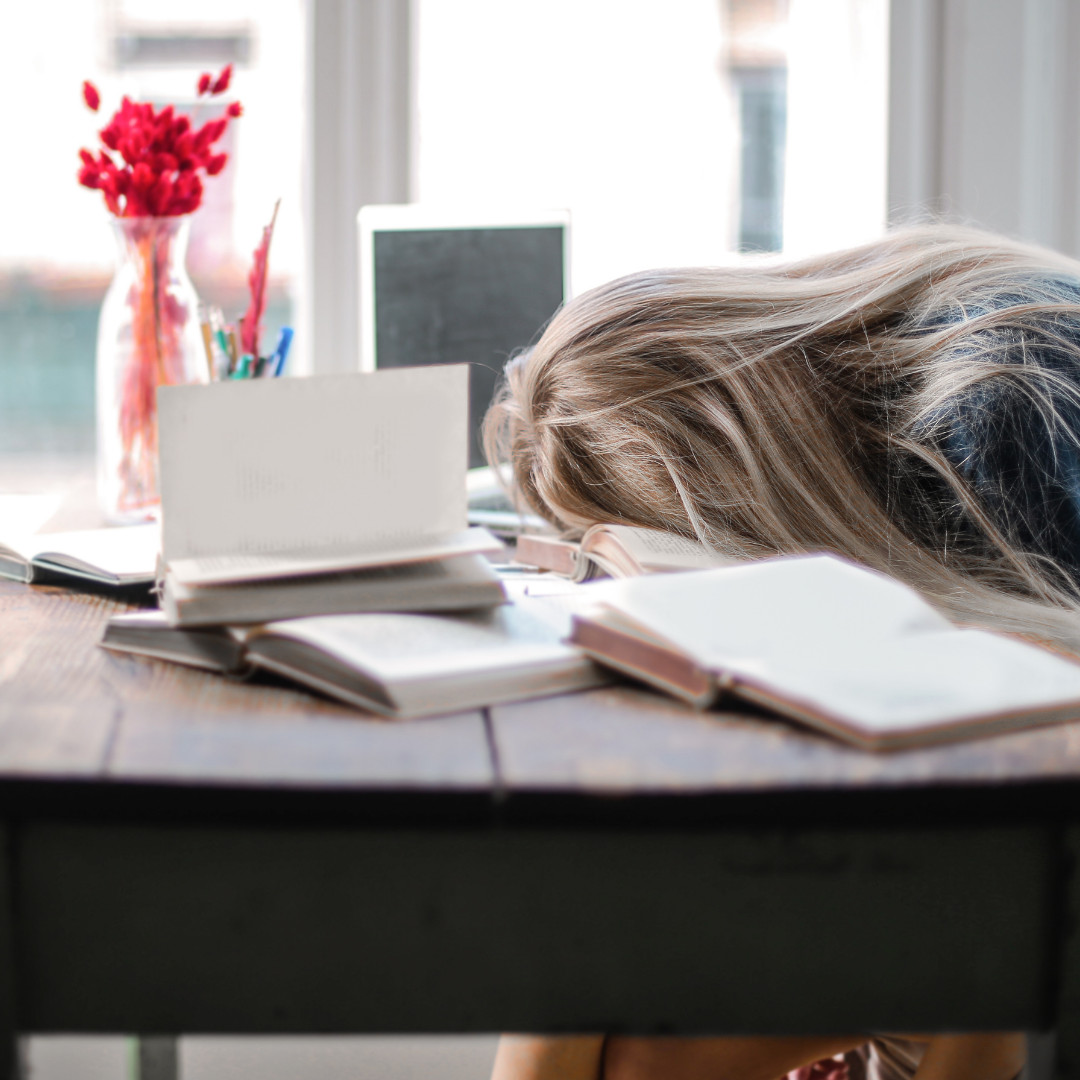
Creativity Doesn’t Thrive on Pressure
It needs space, stillness, and energy.
How to Protect Your Creativity (Even When Life Is Full)
- Protect quiet time like it’s part of your job. Because it is. Silence is where new ideas form. Even ten minutes counts.
- Notice what drains you. Some commitments sound good on paper but leave you feeling flat. Pay attention to that.
- Create before you consume. Even five minutes of journaling or playing music before scrolling helps your brain stay original instead of reactive.
- Fuel your body. Creativity lives in your physical energy. Sleep, hydration, and nutrition matter more than you think.
- Support your recovery. This is where things like peptides can come in, not as a fix but as support. They help your body repair and restore energy at the cellular level, which makes it easier to access that flow state again.
Creativity and Rest Work Together
Ready to Start Protecting Your Creativity Again?

Burnout Isn’t a Lack of Passion. It’s a Lack of Recovery.
What Real Recovery Looks Like for Teachers
- Movement that restores, not depletes. Gentle stretching, walking outside, or even dancing in your kitchen.
- Fuel that supports your brain and body. Protein, hydration, and supplements that actually help your cells repair.
- Boundaries that protect your energy. You don’t need to respond to every message right away. You’re allowed to have quiet.
- Practices that regulate your nervous system. Breathing, prayer, journaling, or simply sitting still for five minutes before your next lesson.
The Shift That Changes Everything
Maybe it’s ending lessons ten minutes early so you can stretch and breathe.
Maybe it’s swapping the afternoon coffee for water and a walk.
Maybe it’s asking for help before you hit the wall.

You’re a Music Teacher, Not a Web Developer (And That’s Okay)
- Teach fewer hours but earn more
- Attract students without sending cold DMs
- Build a scalable business that lets you work from home and still be there for your family
3 Common Mistakes on Music Teacher Websites (That Keep You Stuck)
1. It’s All About You Instead of What They Get
2. No Clear Call to Action
3. It Doesn’t Sound Like the Real You
If your site looks like every other studio out there, it blends in instead of standing out.
Your Website Should Work for You (Even When You’re Teaching)
A parent finds your site on Pinterest or Google.
Within two minutes, they feel connected, understand your offer, and take action.
Your system sends a welcome message, offers a free guide, and starts building trust while you’re teaching your next lesson.
Ready to See If Your Website Is Helping or Hurting Your Growth?

Yes — I’m a composer.
Yes — I could have written my own podcast intro music.
And no — I didn’t.
And not because I ran out of time.
I chose not to — on purpose.
🎶 I Could Have Composed It… But I Didn’t Need To
“You should write your own theme music. You’re a composer. It would be the perfect showcase.”
- To launch.
- To start connecting.
- To teach, to encourage, to serve.
🧠 Just Because You Can Doesn’t Mean You Should
To check every box.
To make it all “custom.”
✨ What This Looks Like in Your Business
You don’t have to do everything to prove you're talented.
You don’t have to build it all from scratch to make it meaningful.
You don’t have to be the composer, performer, editor, marketer, admin, AND accountant.
TL;DR (Because: real life)
🎯 If Marketing Is the Thing You Know You Need to Hand Off…

There has got to be a better way to teach music.
That’s another story.
Signs freelance teaching might be your next step:
- You’re still passionate about teaching, but totally burned out by the system
- You want more flexibility for your family, your health, your sanity
- You’re craving more creativity, freedom, or income potential
- You’re drawn to the idea of building something that’s yours

- Talking (a lot)
- Demonstrating (over and over again)
- Conducting, singing, cueing, correcting
- Trying to maintain posture, presence, and patience
- …often while clenching your jaw and smiling through the stress
Maybe your head, too. Or your ears. Or your neck.
Sound familiar?
Why Music Teachers Are Prone to TMJ Dysfunction
My Story (In Case We Haven’t Met Yet)
What Helped Me (And What I Created to Help You)
- What’s really causing your jaw tension
- Simple changes you can make in just a few minutes a day
- How to break the cycle of pain so you can keep doing what you love
- How to build strength and mobility that lasts (without overwhelm)
You Deserve to Feel Good—In and Out of the Classroom
Now it’s time to pour into you.
Check out TMJ Strong.
It might just be the thing your future self will thank you for.

“But I’m doing all the things… why isn’t this working?”
Spoiler alert: what you’re doing might not be marketing. It might just be posting.
Wait, isn’t social media part of marketing?
It leads somewhere. It’s part of a system. It helps move people from stranger → curious → ready to book.
🚩 You might just be posting if:
- You're posting consistently but still not getting inquiries
- You’re not sure what the goal of your posts actually is
- You don’t have a system to follow up with interested people
- You’re relying on “hope marketing” (as in: “I hope someone sees this and books a lesson or buys a course!”)
- You’re not collecting emails or offering clear next steps
What real marketing actually looks like
- You know who your ideal student is (and speak directly to them)
- You offer clear next steps (not just “like and share!”)
- You nurture leads over time (think: email series, helpful content, invitations—not pressure)
- You measure what’s working and adjust with intention
- You’re building something bigger than just a full 1:1 schedule—you’re building a business
So how do I start actually marketing?
- Who do I really want to teach?
- What makes me different?
- What problem am I solving for them?
- What’s the best way to reach them consistently—without burning out?
A message that says:
“Hey, I see you. I understand your needs. And I’ve built something just for you.”
Ready to make your marketing mean something?

“Post every day.”
“Show your face more.”
“Keep showing up — even if no one’s commenting.”
“If I just post more, it’ll eventually start working.”
What Posting More Really Does (If There’s No Strategy)
- Wasted time
- Mental fatigue
- Feeling like social media is a second job
- Zero leads, despite all that effort
So... What Does Work?
1. Define the Goal of Your Content
- Build trust with potential students (or their parents)?
- Get clicks to your lesson info page?
- Encourage people to join your email list?
- Kick up your algorithm with engagement?
2. Focus on Strategy Over Frequency
You need to speak clearly to the person you want to help, with content that connects.
3. Plug Social Media Into a Bigger System
- Your website
- Your email list
- Your inquiry form or booking page
- A clear onboarding path
Real Talk for the Music Teacher Scrollin’ Instagram at 10 PM
You’ve just been given the wrong tools.
More strategy = more results.
Ready to Make Social Media Actually Work for Your Studio?
This isn’t another fluffy checklist. It’s a practical roadmap that shows you how to simplify your marketing, attract better-fit students, and stop wasting time on content that doesn’t convert.

You're posting to Instagram or Facebook.
You’re offering lessons, group classes, or courses…
But it feels like no one’s actually listening. (Cue crickets)
It’s not always about how often you're posting or which platform you’re on.
It might be that you’re not speaking clearly to the right person.
Why Knowing Your Ideal Student (or Parent!) Changes Everything
Your posts feel flat.
Your emails feel awkward.
And your audience? Confused.
- You're writing content that even you wouldn’t stop to read
- You’re getting inquiries from people who don’t really fit your vibe (or budget)
- You feel stuck every time you sit down to make content
- Your offers don’t sell like you hoped
- And you’re constantly second-guessing your messaging
Your message lands.
Your offers click.
The right people start finding you (and saying YES).
Not Sure Who Your Ideal Client Is? Here’s How That Might Show Up:
- You’re posting regularly… but engagement is low
- You’re getting questions that don’t match what you actually offer
- You struggle to explain what you do and who it's for
- You're getting inquiries from people who aren’t ready, aren’t a fit, or just want a discount
- You're tweaking your messaging over and over… and still feel like it's off
You just need a bit of clarity. And I’ve got you. 💛
How to Fix It (Without a 47-Page Worksheet!)
1. Who do I love teaching — and why?
What were they like?
What did they care about?
Why did working with them light you up?
2. What are they struggling with before they find me?
3. What outcome are they hoping for?
Speak to the transformation:
More confidence
A love of music
Better focus
A teacher who gets their child
When You Know Who You’re Talking To, Everything Gets Easier:
✅ Your offers resonate
✅ Your students (and their parents) feel connected before they even hit "inquire"
✅ And best of all—you feel confident sharing your work
You’ll start attracting students who are truly a great fit—and who are thrilled to pay for the transformation you provide.
Want Help Defining Your Ideal Student (Without Spinning Your Wheels)?
You need a plug-and-play guide that actually makes sense for music teachers building businesses on their terms.
It’ll help you:
- Get crystal-clear on who your perfect-fit student (or parent) really is
- Understand what they’re looking for and how to speak their language
- Create messaging that clicks—so your website, posts, and emails actually work
- Build the foundation for marketing that feels focused, not frantic
It’s your first step to building a business that feels aligned, sustainable, and so much lighter.

1. Show Your Teaching Style, Not Just Your Playing
- Quick technique fixes
- Before/after student progress moments
- "Watch me teach this tricky section" videos
2. Create Clear Next Steps (Always!)
- "DM me 'SCALES' for my free fingering chart"
- "Comment 'LESSON' if you want help with this technique"
- "Link to schedule a trial lesson in bio!"
3. Answer Questions Nobody's Asking (Yet)
- "What age should kids start piano?"
- "How often should you tune your violin?"
- "Can adults really learn guitar from scratch?"
4. Create Location-Specific Content
- "5 Piano Tips for Beginners in [Your City]"
- "Looking for Music Lessons in [Your Area]? Here's what to expect"
5. Share Student Success Stories (With Permission!)
The Real Secret: Consistency > Perfection

But let’s be real—it can also be exhausting.
You’re not broken. And you’re definitely not alone.
Why Music Teachers Are Especially At Risk for Burnout
- High visibility, high pressure.
Every concert, performance, and parent meeting feels like a public evaluation. That constant need to “prove” yourself adds up. - The job rarely stops at 3 p.m.
Evening rehearsals, weekend events, planning lessons on Sundays. It’s a lot—and it’s not sustainable without support. - You’re often a one-person department.
There’s a good chance you’re the only music teacher in your school or studio. It can feel isolating, especially when others don’t “get” the unique pressure we’re under. - Under-resourced and overextended.
You do so much with so little—and that emotional labor often goes unnoticed.
Signs You Might Be Burning Out
- Feeling tired all the time, no matter how much you sleep
- Losing your excitement or passion for teaching
- Getting sick more often, or dealing with constant headaches/tension
- Feeling disconnected—from students, coworkers, or even your own goals
- Dreading work you used to love
What You Can Do About It
- Protect your time like it’s sacred. Set boundaries around evenings and weekends where possible. Rest is productive.
- Connect with others who understand. Whether it’s fellow music teachers, a Facebook group, or a local circle—community can remind you that you’re not alone.
- Celebrate the little wins. That one student who finally nailed their rhythm? That matters. That’s progress.
- Check in with yourself. What do you need right now? Permission to rest? A mindset shift? A new direction? Listen to that inner nudge.
Ready to Build a Business That Doesn’t Burn You Out?
It’ll help you simplify your business, attract more aligned students, and start creating more income without adding more hours to your day.
It’s the place to ask questions, get encouragement, and connect with others who get it.
Seriously, there’s GOLD in the guides section over there. ✨

Staying Healthy at the Start of the School Year
Personalized Frequency Benefits for Educators
- Morning Energy Boost: Use the "System Boost" frequency before school to increase alertness and productivity.
- Lunchtime Relaxation: Apply the "Relaxation" frequency during breaks to reset and recharge.
- After-School Stress Relief: Utilize the "Stress" frequency to unwind after a long day of teaching.
- Evening Wind-Down: Employ the "Better Sleep" frequency to improve sleep quality and prepare for the next day.
User-Friendly Design for Busy Teachers
Enhancing Mental and Emotional Well-Being
- Pre-Meeting Calm: Use the "Mental Clarity" frequency before parent-teacher conferences or staff meetings.
- Emotional Balance: Apply the "Emotions" frequency when dealing with challenging student behaviors.
- Focus Enhancement: Utilize the "Improved Focus" setting while creating lesson plans or grading assignments.
Cost-Effective Solution for Educators
Practical Integration into Teaching Routines
- Classroom Management: Use the "Balance" frequency to maintain composure during hectic classroom moments.
- Professional Development: Apply the "Mental Clarity" setting during workshops or training sessions to enhance learning and retention.
- Collaborative Planning: Utilize the "Improved Focus" frequency during team meetings to boost productivity and creativity.
- Self-Care Breaks: Employ the "Relaxation" or "Detox" frequencies during short breaks between classes to rejuvenate quickly.
Supporting Physical Health
- Voice Strain Relief: Use the device's frequencies to support vocal cord recovery after long periods of speaking.
- Posture Improvement: Apply specific frequencies to alleviate discomfort from prolonged standing or sitting.
- Immune System Support: Utilize the "System Boost" frequency to help maintain overall health during cold and flu season.






